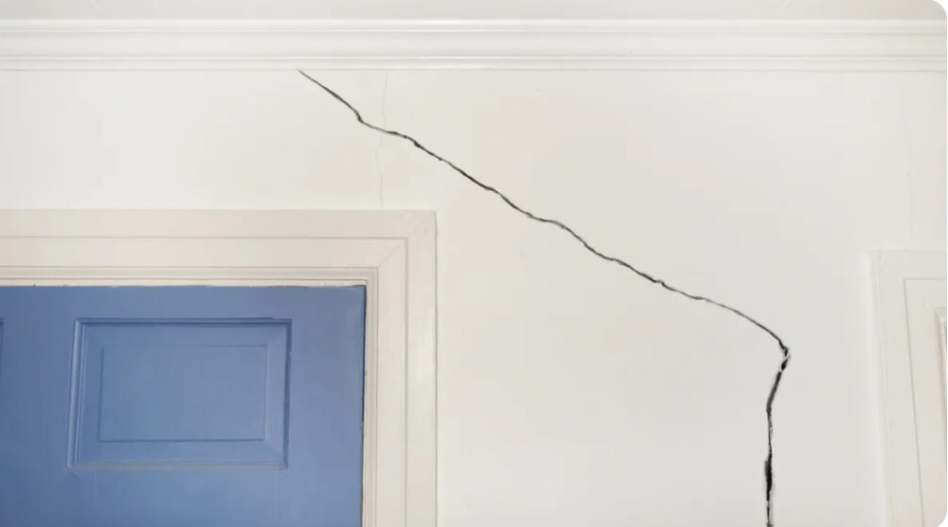Post Preview
Table of Contents
- Introduction to Home Foundation Health
- Common Signs of Foundation Issues
- Major Causes of Foundation Problems
- Cost of Foundation Repair
- Methods for Foundation Repair
- What You Should Know About Professional vs. Do-It-Yourself Repair
- Preventing Future Foundation Problems
- Helpful Resources and Further Reading
Foundation repair is essential for maintaining home stability and preventing structural damage. Early signs of issues include cracks in walls, uneven floors, or sticking doors. Effective solutions depend on the cause, ranging from soil shifts to water damage. Standard techniques include piering to lift and stabilize foundations, slab jacking for leveling, and sealing cracks to prevent moisture intrusion. Regular inspections and addressing drainage problems, like poor grading or clogged gutters, can prevent future damage. Investing in professional repair enhances your home’s safety, durability, and value, ensuring it remains a secure and comfortable space for years to come.
Introduction to Home Foundation Health
A home’s foundation is crucial for its integrity, safety, and property value. It bears the weight and stresses of the living area above it, supporting the house and ensuring alignment from the roof to the basement. A well-maintained foundation impacts energy efficiency, pest control, and overall household health. Neglecting foundation problems can lead to safety hazards and costly repairs, deterring potential buyers. Understanding the intricacies of foundation repair can empower homeowners to secure their investments effectively. Foundation problems can be a daunting issue in homeownership, requiring careful attention and maintenance. For those in the Kansas City area, considering KC foundation repair may be beneficial to ensure your foundation’s stability. The high clay content in the soil, prevalent in certain regions, can affect foundations more than others, and knowing how to deal with this can be vital.
Common Signs of Foundation Issues
Detecting foundation issues early can save homeowners from costly repairs and ensure potential safety risks are mitigated promptly. Warning signs often include cracks in walls and floors, especially those over doorways and windows. These can appear innocuous at first glance but usually speak to underlying shifts in foundation stability. Also, misaligned doors and windows might need fixing, highlighting potential shifting or settling. Uneven floors, sagging ceilings, and tilting chimneys are tell-tale signs of foundation issues that warrant immediate investigation, without which further deterioration can occur quickly.
Major Causes of Foundation Problems
Foundation problems can result from several natural and artificial factors. Common culprits include expansive soil, which can contract and expand with moisture levels, putting undue stress on foundations. The soil beneath your house plays a critical role in these dynamics. Poor drainage and continuous plumbing leaks exacerbate these issues by washing away supporting soil, further endangering foundation stability. Environmental changes and tree roots can also impact soil integrity and placement. To understand how soil behavior affects foundations, you can visit this soil expansion and contraction resource. Knowledge is power; informing about these influencing factors is every homeowner’s toolkit against foundation woes.
Cost of Foundation Repair
The foundation repair cost can initially seem daunting, with prices varying considerably based on the extent of the damage and the repair techniques employed. Complex repairs like underpinning can cost significantly more than more straightforward slab jacking methods due to the technical expertise and resources required. Moreover, geographical location, local regulations, and soil conditions can all affect price points significantly. Homeowners might explore financial programs or insurance options to manage these costs effectively and avoid sudden financial burdens. Communicating proactively with your insurer about potential coverage for foundation-related repairs is a prudent move that could afford peace of mind.
Methods for Foundation Repair
There are several tried-and-true foundation repair techniques, ranging from easy to complex, and picking the best one can significantly impact. Piering or underpinning strengthens the foundation by driving deep supports into the ground to stabilize the structure. Slab jacking, however, involves pumping material under a slab to lift it back to its original position. Both methods have their own merits, and choosing between them often depends on the specific circumstances of the foundation’s current condition. For minor issues or preventative care, methods such as reinforcement beams or epoxy injections can serve as practical strategies, prolonging the life and durability of your foundation.
What You Should Know About Professional vs. Do-It-Yourself Repair
Tackling foundation repair as a DIY project can be tempting but may only sometimes be advisable, given the complex nature of structural integrity. While homeowners with some DIY experience can handle minor cracks and basic aesthetic repairs, significant structural issues require professional expertise and precision. Professionals bring experience and tools tailored for accuracy and safety, identifying problems that might not be visible to the untrained eye and ensuring that repairs are effective and lasting. Making the correct choice between DIY and professional intervention hinges on the complexity of the problem and the willingness to risk potential escalations.
Preventing Future Foundation Problems
Prevention is better than cure, especially with foundational health. Installing gutters and downspouts and ensuring water runs away from the house are examples of effective drainage solutions necessary to maintain the stability of the foundation. Regular home inspections can unveil potential issues before they escalate into significant problems, reducing unexpected repair costs and preserving property value. Maintaining consistent soil moisture levels around your home can reduce the risk of soil contraction and expansion, affecting foundation stability. Visit this guide on preventive maintenance strategies for actionable tips on keeping your foundation strong.
Helpful Resources and Further Reading
For those seeking more information, several books, online courses, and dedicated websites can provide deeper insights into foundation maintenance and repair. Understanding the basics of structural engineering can also help grasp foundation issues’ fundamentals. Homeowners may also consult foundation experts for personalized advice tailored to their needs, ensuring that any action taken is informed, accurate, and beneficial in the long run.

